Mulesoft MuleSoft Certified Developer-Level 1 MuleSoft Certified Developer-Level 1 (Mule 4) Online Training
Mulesoft MuleSoft Certified Developer-Level 1 Online Training
The questions for MuleSoft Certified Developer-Level 1 were last updated at Mar 01,2025.
- Exam Code: MuleSoft Certified Developer-Level 1
- Exam Name: MuleSoft Certified Developer-Level 1 (Mule 4)
- Certification Provider: Mulesoft
- Latest update: Mar 01,2025
What is the output of Dataweave Map operator?
- A . Map
- B . Object
- C . String
- D . Array
D
Explanation:
Returns an array that is the result of applying a transformation function (lambda) to each of the elements.
MuleSoft Doc
Ref: https://docs.mulesoft.com/mule-runtime/4.3/dataweave-cookbook-map The map operator is a function in Dataweave which iterates over the items in an array and outputs them into a new array. It basically accepts input as a list of items in an array and manipulates the items in the array in order to form a new array as an output. I have created below chart for your easier understanding:
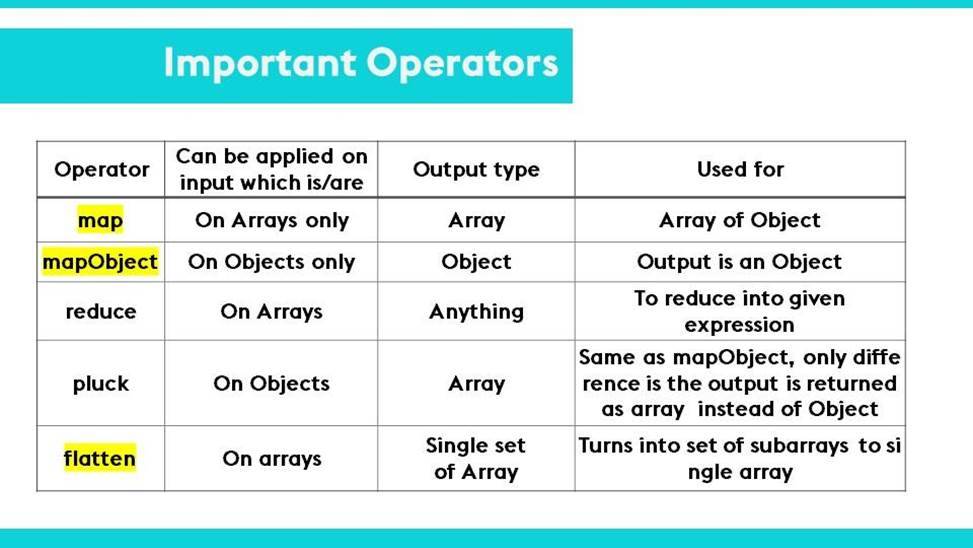
Table
MuleSoft MCD-Level-1 : Practice Test Description automatically generated
What are the latest specification of RAML available?
- A . 1.2
- B . 1
- C . 0.8
- D . 2
B
Explanation:
The current version of the RAML specification is 1.0
You can check RAML version in RAML definition by referring to first comment. See highlighted part in below image.

Graphical user interface, text, application, email
Description automatically generated
A Mule project contains a MySQL Database dependency. The project is exported from Anypoint Studio so it can be deployed to CloudHub.
What export options create the smallest deployable archive that will successfully deploy to CloudHub?
What export option create their smallest deployable archive that will successfully deploy to CloudHub?
A)

B)

C)

D)

- A . Option A
- B . Option B
- C . Option C
- D . Option D
What should this endpoint return? http://dev.acme.com/api/patients?name=John&surname=Bell
- A . Patient with name as John
- B . Patient with surname as bell
- C . Patients with either name as John or surname as Bell
- D . Patients with name as John and surname as Bell
D
Explanation:
Query parameters are a defined set of parameters attached to the end of a url. They are extensions of the URL that are used to help define specific content or actions based on the data being passed. To append query params to the end of a URL, a ‘?’ Is added followed immediately by a query parameter.
To add multiple parameters, an ‘&’ is added in between each.
Hence coming back to question, endpoint would return Patients with name as John and (and is very important here) surname as Bell
An SLA based policy has been enabled in API Manager.
What is the next step to configure the API proxy to enforce the new SLA policy?
- A . Add new property placeholders and redeploy the API proxy
- B . Add new environment variables and restart the API proxy
- C . Restart the API proxy to clear the API policy cache
- D . Add required headers to the RAML specification and redeploy the new API proxy
D
Explanation:
Correct answer is Add required headers to RAML specification and redeploy new API proxy
MuleSoft Doc
Ref: https://docs.mulesoft.com/api-manager/2.x/tutorial-manage-an-api
Steps are as below:
Add the Required RAML Snippet
SLA-based rate limiting requires adding a RAML or OAS snippet to your API. This
procedure demonstrates adding a RAML snippet.
Specify the client ID and secret as query parameters.
Add a section called traits: at the RAML root level to define query parameters:
traits:
– client-id-required: queryParameters: client_id:
type: string
client_secret:
type: string
Add the client-id-required trait to every method that requires these query parameters:
/users:
get:
is: [client-id-required]
description: Gets a list of JSONPlaceholder users.
Step 2: Add the SLA Tier in API Manager
Step 3: Apply the policy and redeploy
Reference: https://docs.mulesoft.com/api-manager/2.x/tutorial-manage-an-api
Refer to the exhibits.
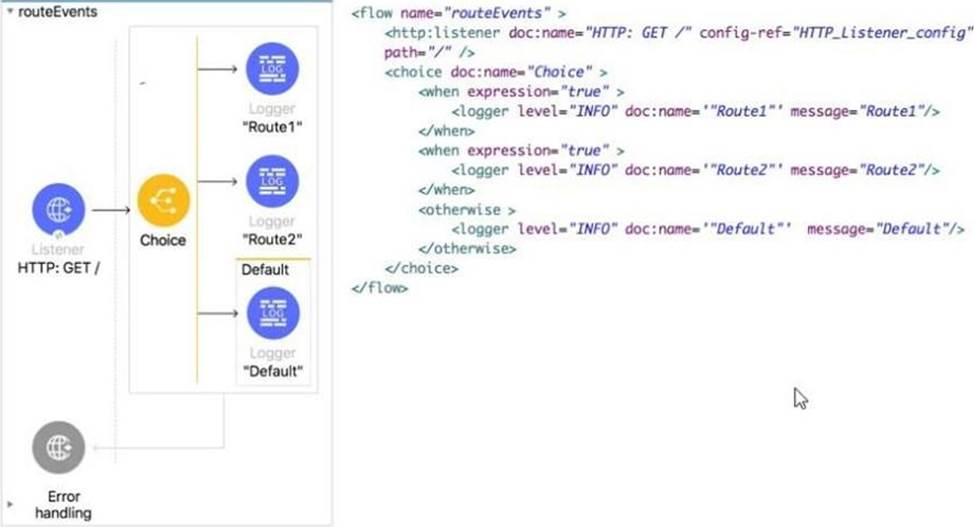
All three of the conditions for the Choice router are true.
What messages are written in the application log?
- A . Route1
- B . Route2
- C . Route1, Route2
- D . Route1, Route2, Default
A
Explanation:
Only one of the routes in the Choice router executes, meaning that the first expression that evaluates to true triggers that route1 execution and the others are not checked. If none of the expressions are true, then the default route executes. Hence only Route1 will be executed as it is the first expression. hence output of logger is Route1.
MuleSoft Doc
Ref: https://docs.mulesoft.com/mule-runtime/4.3/choice-router-concept The Choice router dynamically routes messages through a flow according to a set of DataWeave expressions that evaluate message content. Each expression is associated with a different routing option. The effect is to add conditional processing to a flow, similar to an if/then/else code block in most programming languages.
Only one of the routes in the Choice router executes, meaning that the first expression that evaluates to true triggers that route’s execution and the others are not checked. If none of the expressions are true, then the default route executes.
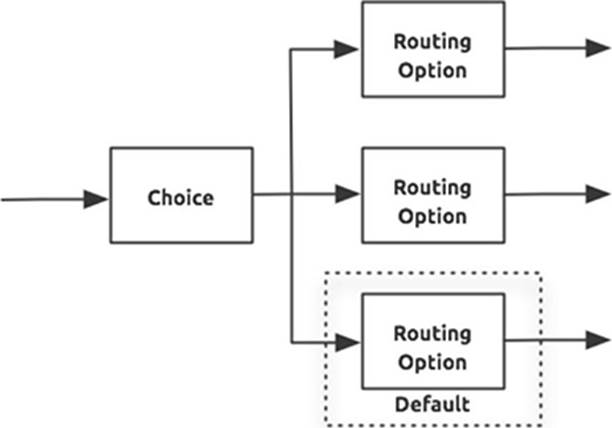
Diagram
Description automatically generated
Refer to the exhibits.
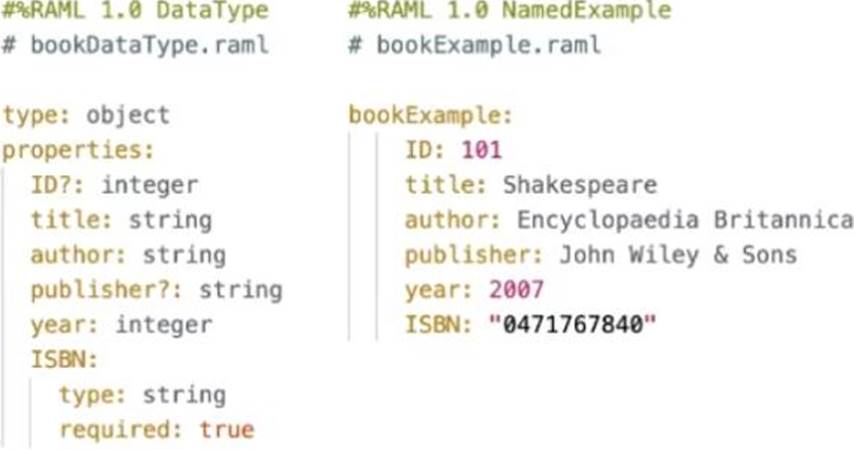
A company has defined this Book data type and Book example to be used in APIs.
What is valid RAML for an API that uses this Book data type and Book example?
A)
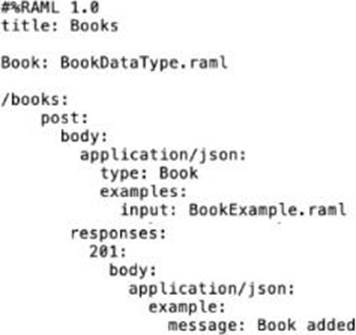
B)
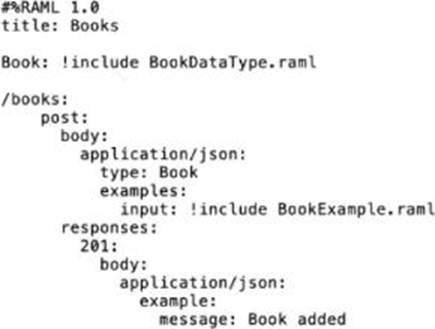
C)
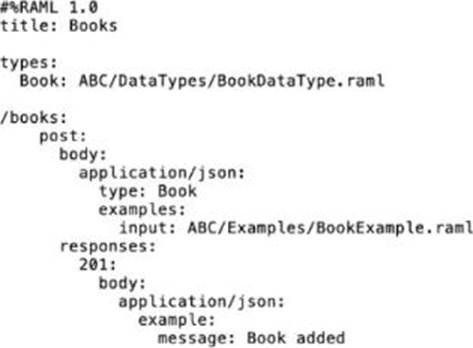
D)
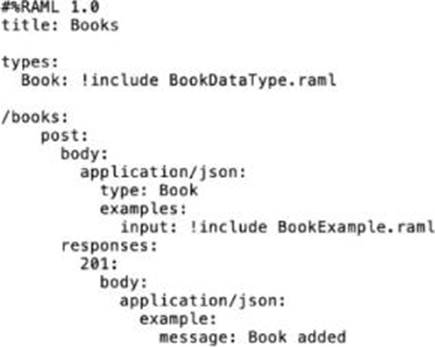
- A . Option A
- B . Option B
- C . Option C
- D . Option D
From which application, Organization Administrators can approve/revoke/delete SLA tier access requests
- A . API Exchange
- B . API Portal
- C . API Gateway
- D . API Manager
D
Explanation:
Organization Administrators can approve/revoke/delete SLA tier access requests via API Manager only
A company has an API to manage departments, with each department identified by a unique deptld. The API was built with RAML according to MuleSoft best practices.
What is valid RAML to specify a method to update the details for a specific department?
A)

B)

C)

D)

- A . Option A
- B . Option B
- C . Option C
- D . Option D
D
Explanation:
URI parameter is basically used to identify a specific resource or resources
* Here we want to update details about specific department, so question is asking ‘How to use URI parameter’ in RAML
* Correct answer is
/departments:
/{deptId}:
patch:
Reference: https://docs.mulesoft.com/design-center/design-common-problems-raml-10
According to MuleSoft, what is the Center for Enablement’s role in the new IT operating model?
- A . Implements line of business projects to enforce common security requirements
- B . Creates and manages discoverable assets to be consumed by line of business developers
- C . Centrally manages partners and consultants to implement line of business projects
- D . Implements line of business projects to enforce common security requirements
B
Explanation:
Correct answer is Creates and manages discoverable assets to be consumed by line of business developers.
C4E does not get directly involved in projects.
Latest MuleSoft Certified Developer-Level 1 Dumps Valid Version with 99 Q&As
Latest And Valid Q&A | Instant Download | Once Fail, Full Refund

